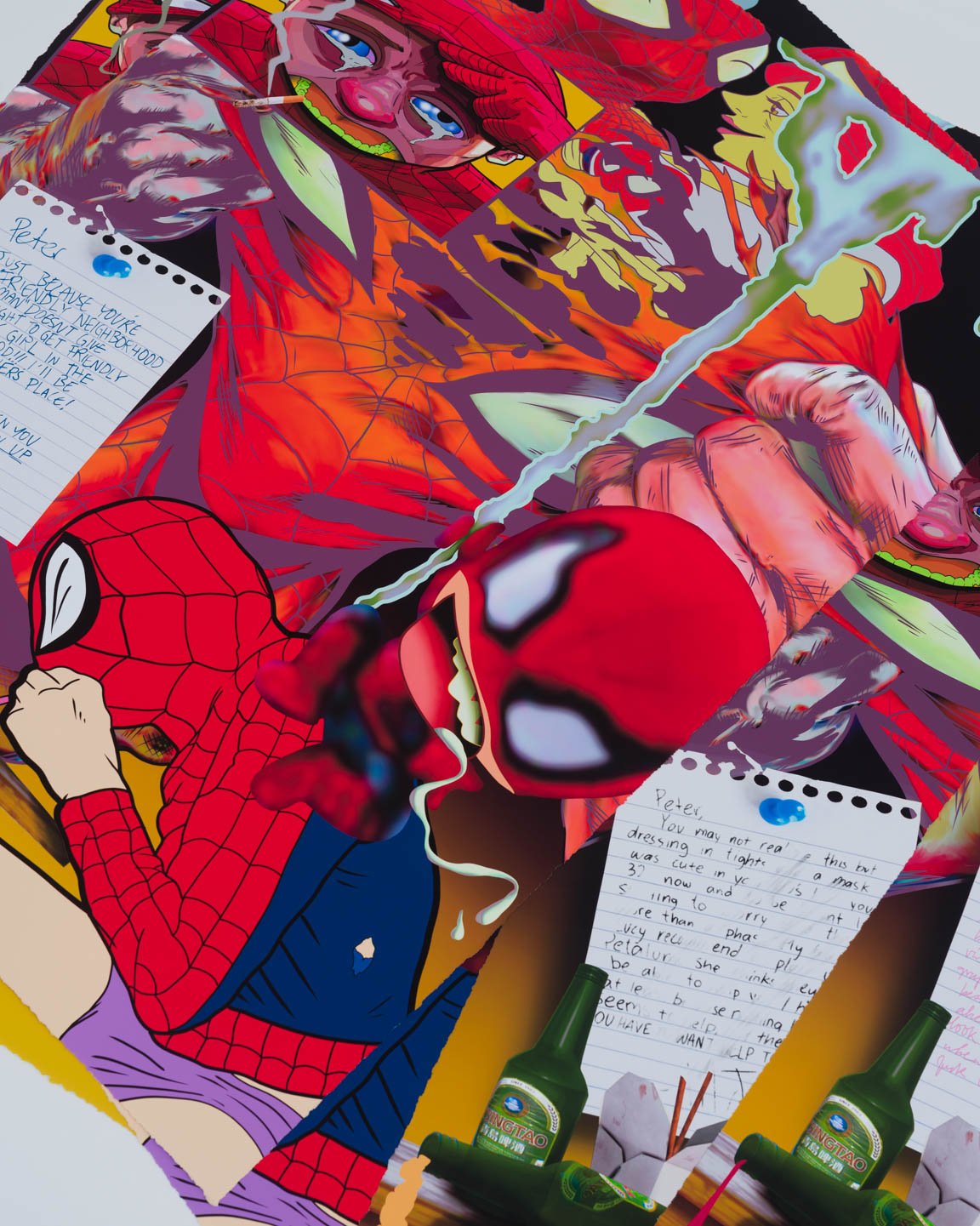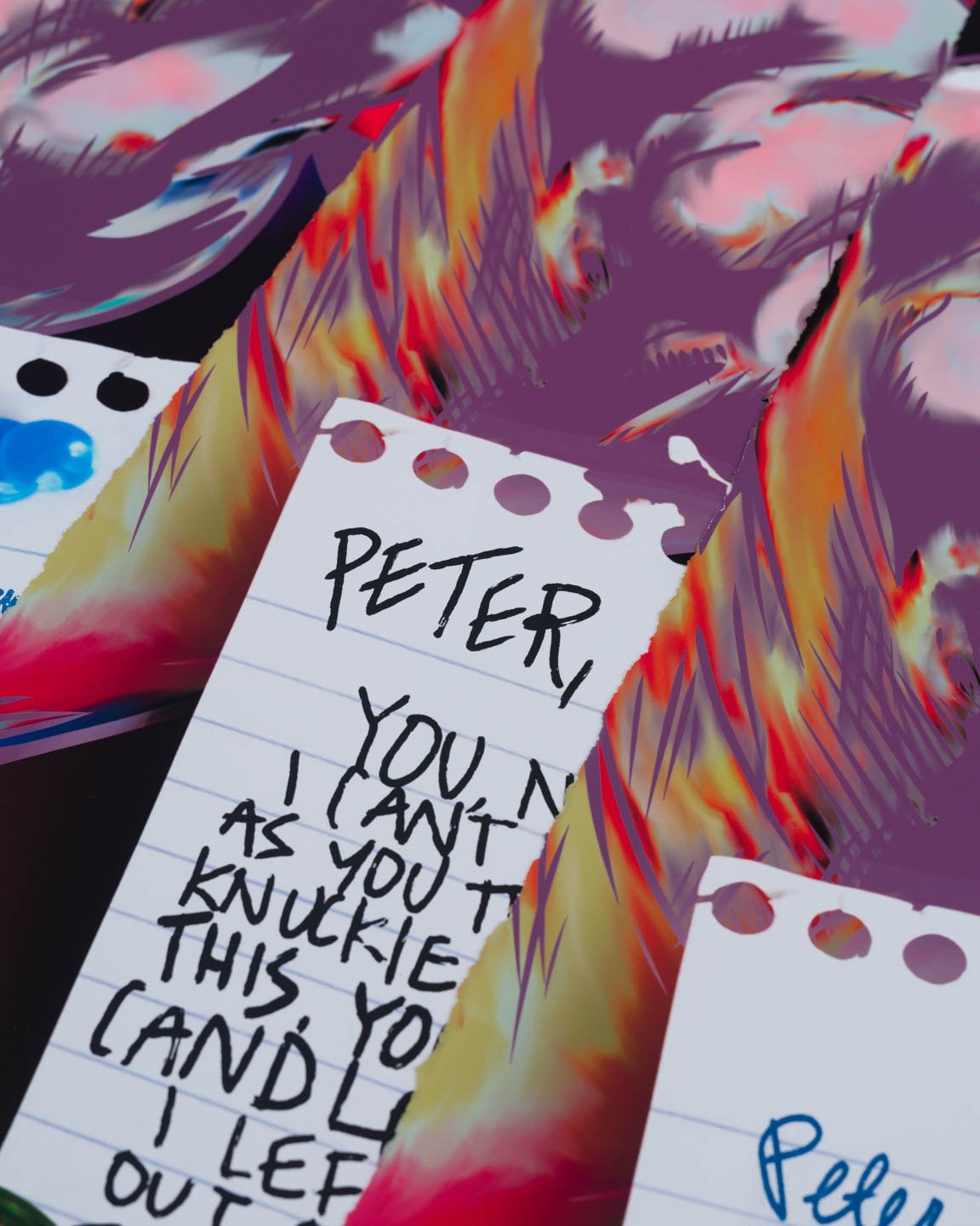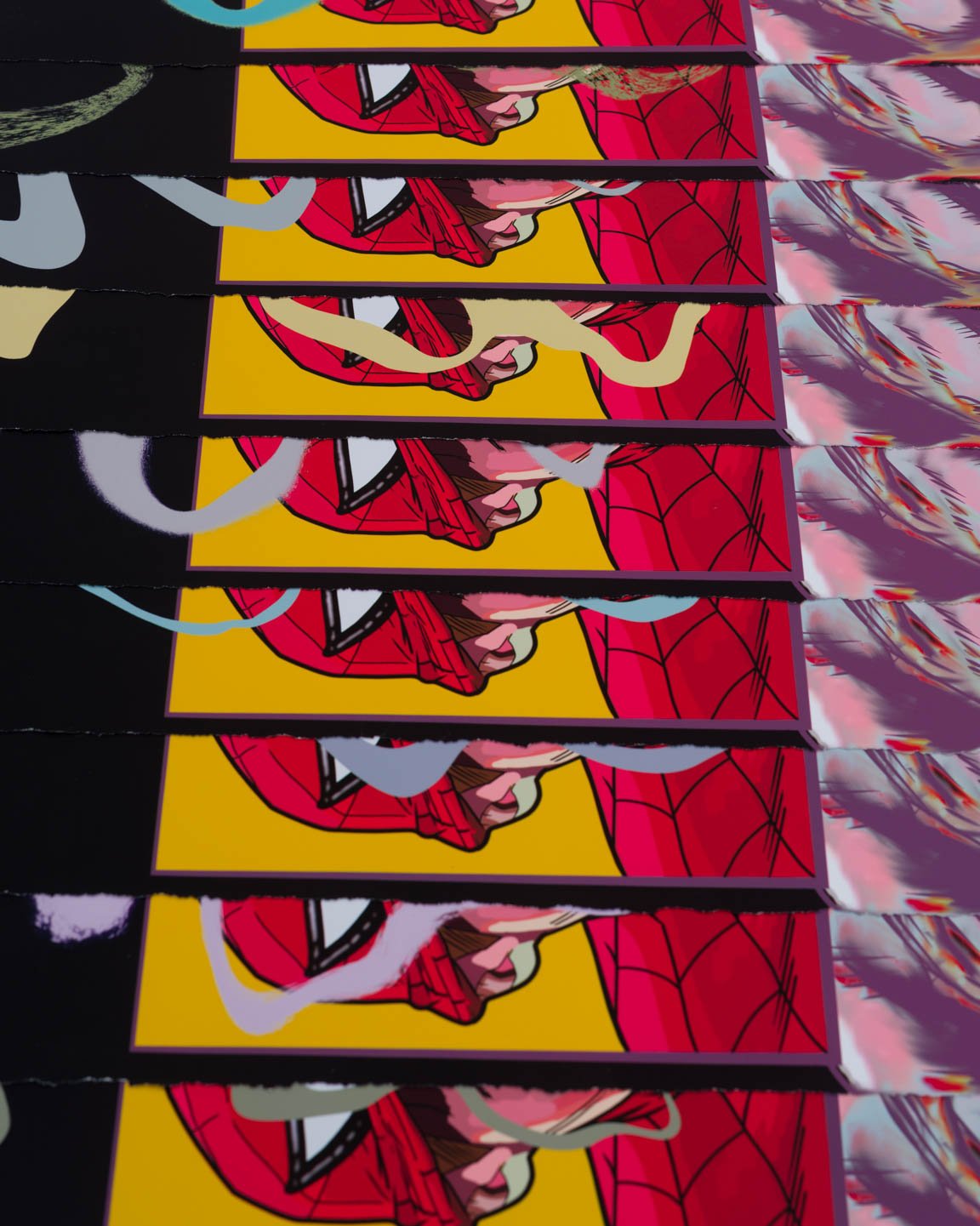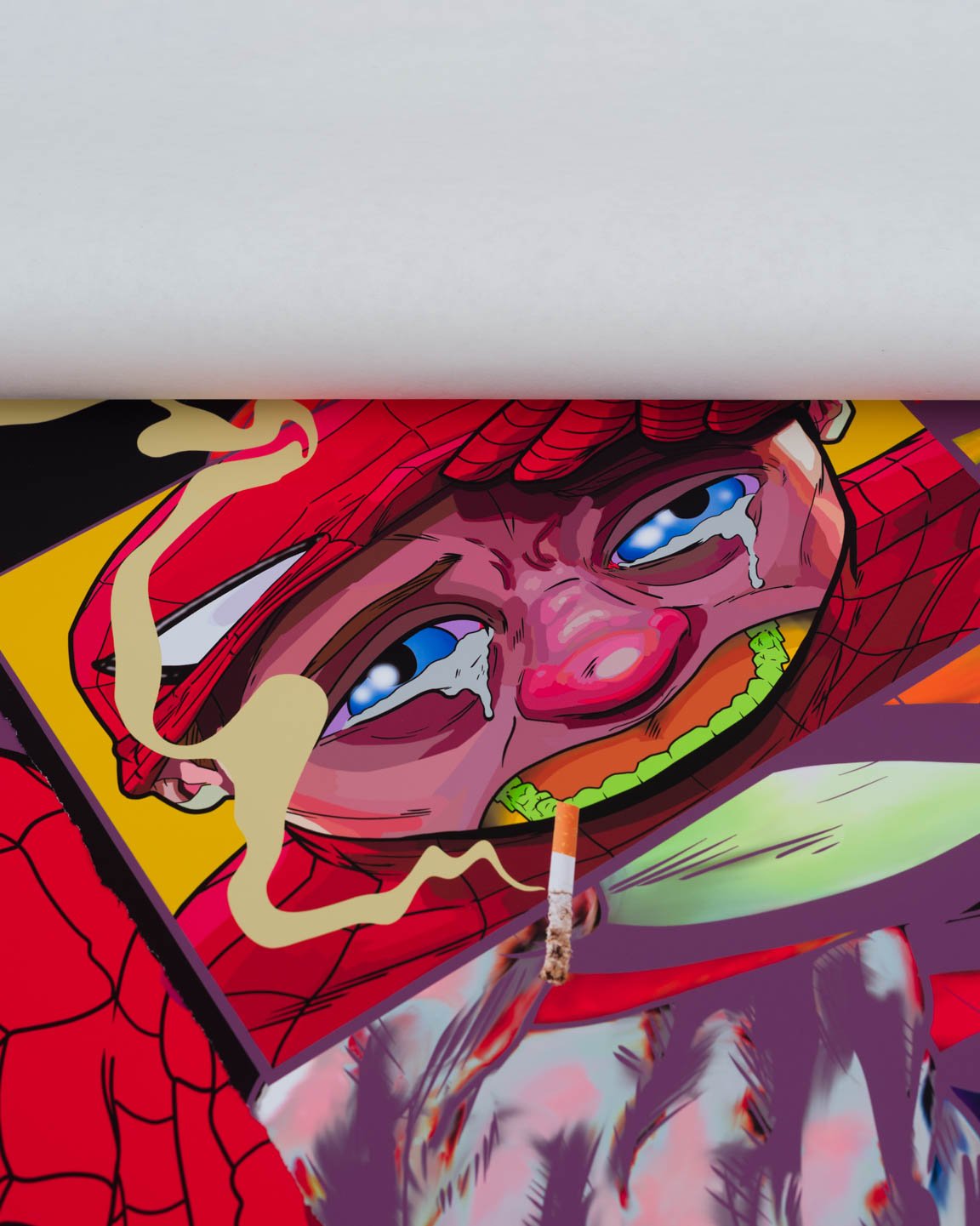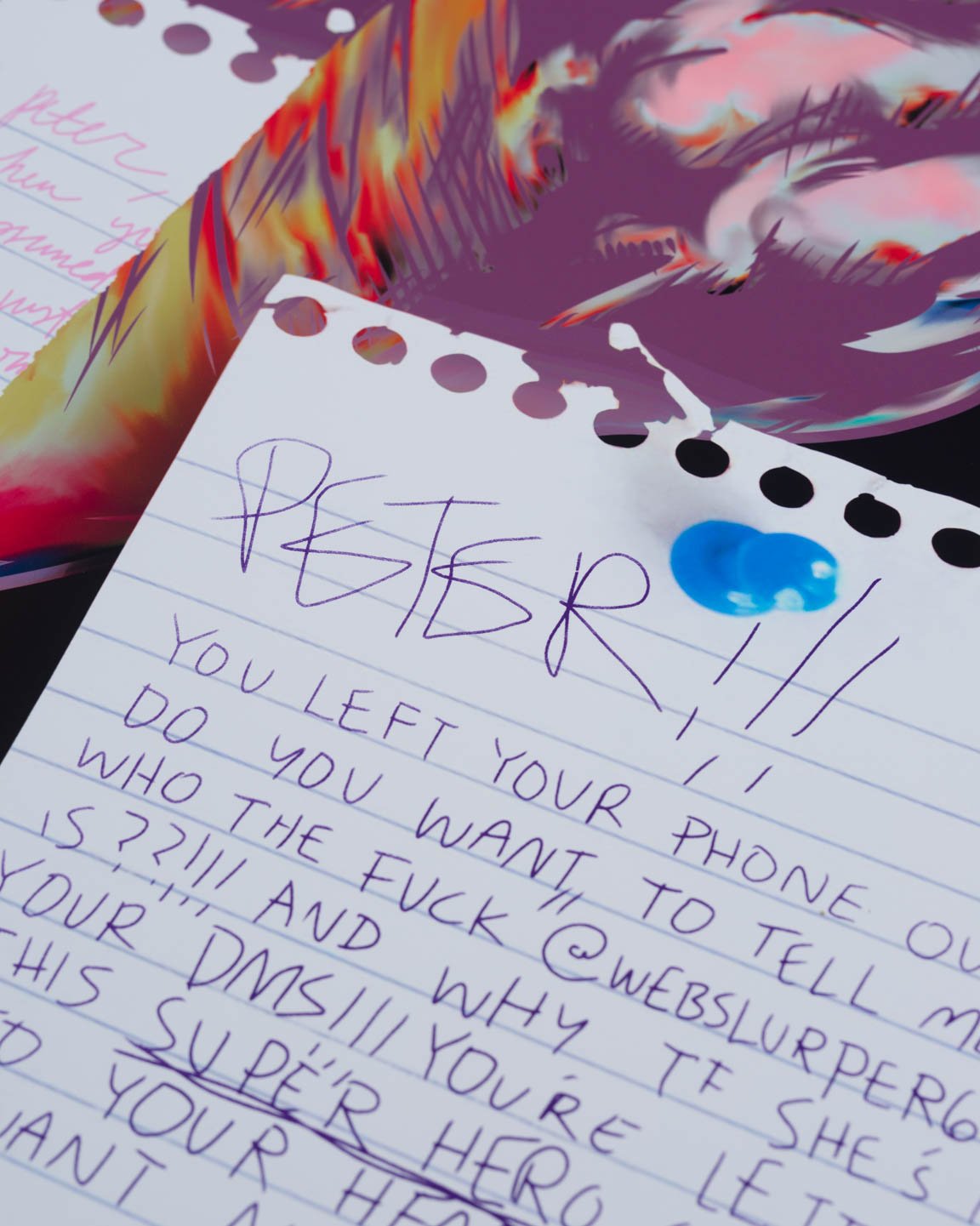Canyon Castator — The Only Person He Couldn’t Save Was Himself (#2)
Canyon Castator — The Only Person He Couldn’t Save Was Himself (#2)
SOLD OUT
Archival pigment print and 4-color (unique per print) Hand-Pulled Screen Print on Premium Archival Matte paper. Deckled, numbered and signed by the artist.
39.25h x 29.25w inches
1/1; unique
PLEASE NOTE
Limit one edition per person. Orders will ship within 3 weeks.
The Buyer accepts all terms of sale and agrees that the edition will not be resold for a minimum of two years from the purchase date. The no-resale agreement is valid for the entire term specified regardless if a work is gifted to another Buyer.
Copyright of the artwork is non-transferable and remains the property of the artist.
Details
Louis Buhl & Co. is pleased to present a new series of monoprints with LA-based artist Canyon Castator, titled The Only Person He Couldn’t Save Was Himself. Castator’s work satirically addresses our social reality, bringing together an exuberant blend of figures culled from the internet, modern media, politics and personal experience. His created world is hyperbolic, saturated with dissonant characters, knowing symbolism and distorted narratives which formulate a distinctive aesthetic that is not tied down to one language but fuses digital and traditional mediums in a cacophony of psychedelic vibrance.
The Only Person He Couldn’t Save Was Himself is based on one of Castator’s large-scale paintings in which he highlights Marvel icon Spider-Man alongside a blend of invented figures and other imagery. Vibrant and chaotic, each print is unique with its own screenprinted accents, most notably a handwritten breakup letter to the superhero from his main love interest MJ Watson. In order to develop this engrossing component, Castator commissioned his friends and fellow artists to write the notes based on their own breakup experiences in the past, grounding the otherworldly compositions in something more human and digestible. Recontextualizing universal imagery as a vessel for storytelling, Castator uses the piece to explore our complex relationships with one another and with ourselves.


